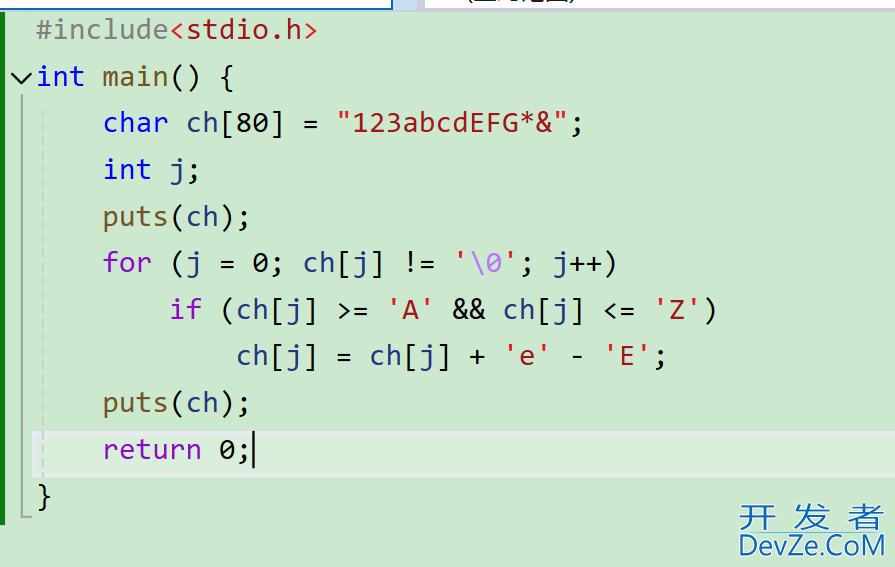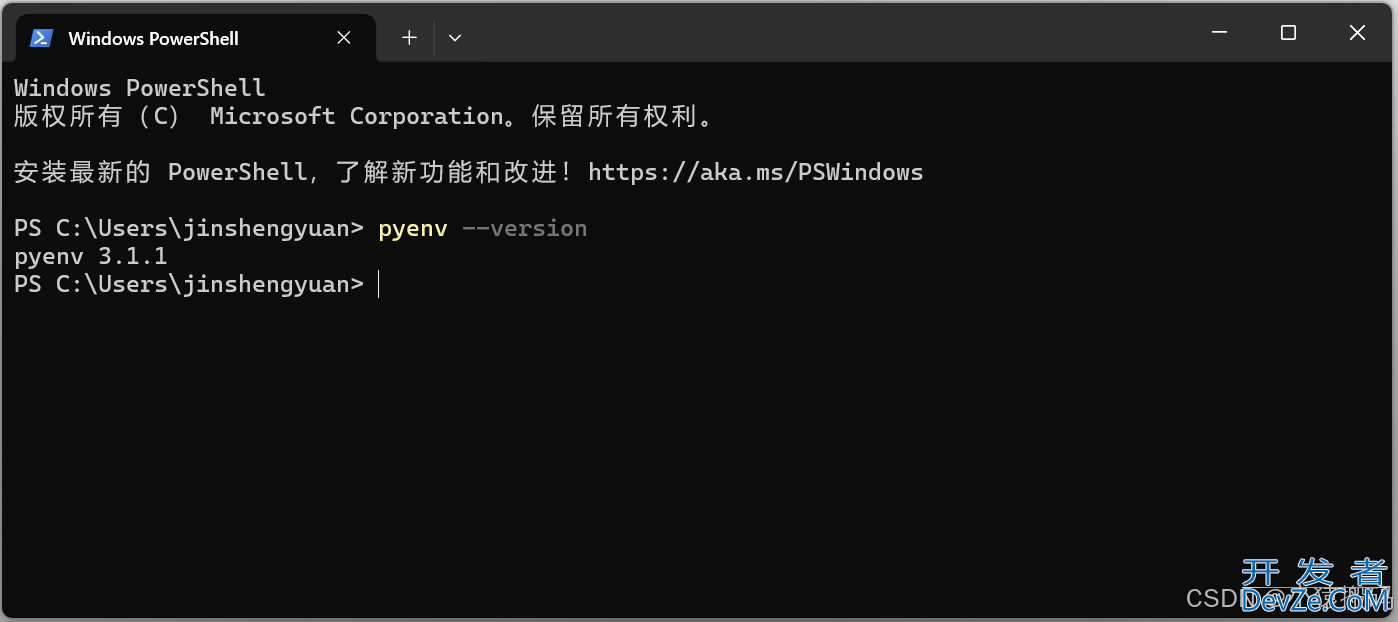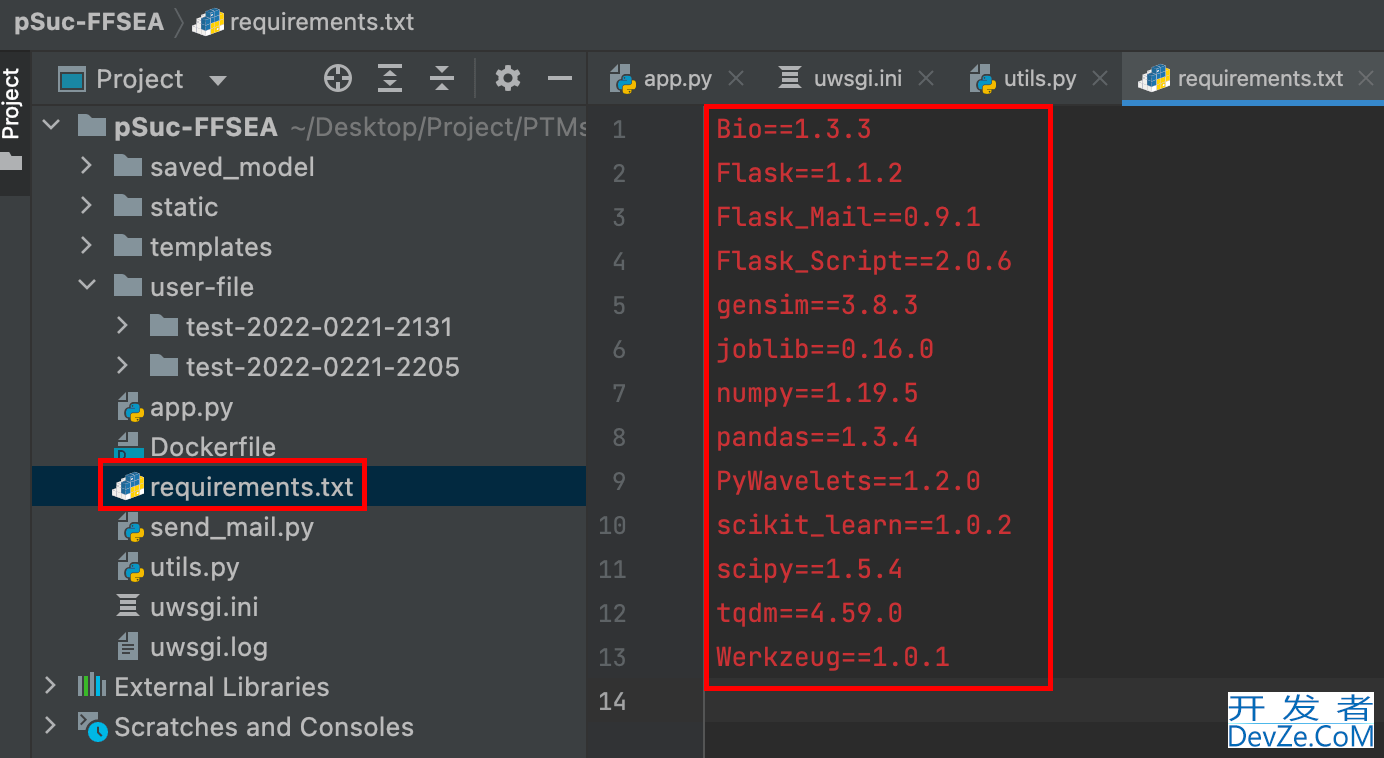目录
- 前言
- 一、Iterable相关方法
- 二、execute
- 三、Executor的子接口ExecutorService
- 四、ExecutorService的子接口ScheduledExecutorService
- 五、ScheduledExecutorService的子接口EventExecutorGroup
前言
EventExecutorGroup继承了JDK的ScheduledExecutroService,那么它就拥有了执行定时任务,执行提交的普通任务;
EventExecutorGroup还继承了JDK的Iterable接口,表示EventExecutorGroup是可遍历的,它的遍历对象是EventExecutor;
一、Iterable相关方法
EventExecutorGroup中有两个Iterable相关的方法:
//返回一个被当前EventExecutorGroup管理的EventExecutor对象
EventExecutor next();
//返回一个EventExecutor类型的迭代器
@Override
Iterator<EventExecutor> iterator();
二、execute
接口Executor提供了一个提交执行任务的方法execute
//返回一个被当前EventExecutorGroup管理的EventExecutor对象
EventExecutor next();
//返回一个EventExecutor类型的迭代器
@Override
Iterator<EventExecutor> iterator();
三、Executor的子接口ExecutorService
public interface ExecutorService extends Executor {
/**
* 启动有序关闭,在关闭过程中会继续执行以前提交的任务,但是不接受新的任务
*/
void shutdown();
/**
* 尝试停止所有正在执行的任务,停止处理等待的任务,并返回一个等待执行的任务列表
*/
List<Runnable> shutdownNow();
/**
* 如果此执行程序已关闭,则返回true
*/
boolean isShutdown();
/**
* 如果关闭后所有任务都已完成,则返回true
* 只有首先调用了shutdown()、shutdownNow()方法才有可能返回true,否则一定为false
*/
boolean isTerminated();
/**
* 阻塞,shutdown后所有任务执行完成、超时、当前线程被终端,那个先发生那个优先;
*/
boolean awaitTermination(long timeout, TimeUnit unit)
throws InterruptedException;
/**
* 提交一个带返回值的执行任务,并返回一个Future代表将要返回的任务结果
*/
<T> Future<T> submit(Callable<T> task);
/**
* 提交一个可运行任务以供执行,并返回一个表示该任务的Future。Future的get方法将在成功完成后返回给定的结果。
*/
<T> Future<T> submit(Runnable task, T result);
/**
* 提交一个可运行任务以供执行,并返回一个表示该任务的Future。Future的get方法在成功完成后将返回null。
*/
Future<?> submit(Runnable task);
/**
* 执行给定的多个任务,返回一个持有执行状态和结果的Future列表。
*/
<T> List<Future<T>> invokeAll(Collection<? extends Callable<T>> tasks)
throws InterruptedException;
/**
* 执行给定的多个任务,返回一个持有执行状态和结果的Future列表。
* 当所有的任务完成或超时过期Future#isDone都将返回ture
*/
<T> List<Future<T>> invokeAll(Collection<? extends Callable<T>> tasks,
long timeout, TimeUnit unit)
throws InterruptedException;
/**
* 执行给定的多个任务,返回其中一个执行成功的结果
*/
<T> T invokeAny(Collection<? extends Callable<T>> tasks)
throws InterruptedException, ExecutionException;
/**
www.devze.com * 执行给定的多个任务,返回其中一个执行成功的结果
*/
<T> T invokeAny(Collection<? extends Callable<T>> tasks,
long timeout, TimeUnit unit)
throws InterruptedException, ExecutionException, TimeoutException;
}
下面是一个网络服务案例,其中线程池中的线程为传入请求提供服务,它使用预先配置的Executors.newFixedThreadPool工厂方法:
class NetworkService implements Runnable {
private final ServerSocket serverSocket;
private final ExecutorService pool;
public NetworkService(int port, int poolSize) throws IOException {
serverSocket = new ServerSocket(port);
pool = Executors.newFixedThreadPool(poolSize);
}
public void run() { // run the service
try {
for (; ; ) {
pool.execute(new Handler(serverSocket.accept()));
}
} catch (IOException ex) {
pool.shutdown();
编程 }
}
}
class Handler implements Runnable {
private final Socket socket;
Handler(Socket socket) {
this.socket = socket;
}
public void run() {
// read and service request on socket
}
}
下面的方法关闭ExecutorService分两个阶段,首先通过调用shutdown方法拒绝新任务进来,然后调用shutdownNow,如果有必要取消任何延迟任务:
void shutdownAndAwaitTermination(ExecutorService pool) {
pool.shutdown(); // Disable new tasks from being submitted
try {
// Wait a while for existing tasks to terminate
if (!pool.awaitTermination(60, TimeUnit.SECONDS)) {
pool.shutdownNow(); // Cancel currently executing tasks
// Wait a while for tasks to respond to being cancelled
if (!pool.awaitTermination(60, TimeUnit.SECONDS))
www.devze.com System.err.println("Pool did not terminate");
}
} catch (InterruptedException ie) {
// (Re-)Cancel if current thread also interrupted
pool.shutdownNow(); // Preserve interrupt status
Thread.currentThread().interrupt();
}
}
四、ExecutorService的子接口ScheduledExecutorService
ScheduledExecutorService接口提供了四个新的方法schedule延迟指定的时间执行任务,scheduleAtFixedRate方法延迟指定时间、按照固定的时间频率执行任务。
public interface ScheduledExecutorService extends ExecutorService {
/**
* 提交一个一次性任务,该任务在给定延迟后变为启用状python态。
*
* @param command 要执行的任务
* @param delay 从现在开始延迟执行的时间
* @param unit delay参数的时间单位
* @return 一个ScheduledFuture,标识任务的挂起完成,其get方法将在完成时返回null
*/
public ScheduledFuture<?> schedule(Runnable command,
long delay, TimeUnit unit);
/**
* 提交一个带返回值的一次性任务,该任务在给定延迟后变为启用状态
*
* @param callable 要执行的函数任务
* @param delay 从现在开始延迟执行的时间
* @param unit 编程delay参数的时间单位
* @param <V> the type of the callable's result
* @return 可用于提取结果或取消的ScheduledFuture
*/
public <V> ScheduledFuture<V> schedule(Callable<V> callable,
long delay, TimeUnit unit);
/**
* 提交一个可执行任务,延迟指定时间,然后按照period时间间隔执行任务
*/
public ScheduledFuture<?> scheduleAtFixedRate(Runnable command,
long initialDelay,
long period,
TimeUnit unit);
/**
* 提交一个可执行任务,延迟指定时间,然后按照period时间间隔执行任务
*/
public ScheduledFuture<?> scheduleWithFixedDelay(Runnable command,
long initialDelay,
long delay,
TimeUnit unit);
}
五、ScheduledExecutorService的子接口EventExecutorGroup
EventExecutorGroup新增了三个方法:
- isShuttingDown:当且仅当此EventExecutorGroup管理的所有EventExecutor正在正常关闭或已关闭时,返回true
- shutdownGracefully:指定了超时时间的优雅关闭方法;
到此这篇关于Netty进阶之EventExecutorGroup源码详解的文章就介绍到这了,更多相关EventExecutorGroup源码详解内容请搜索编程客栈(www.devze.com)以前的文章或继续浏览下面的相关文章希望大家以后多多支持编程客栈(www.devze.com)!








 加载中,请稍侯......
加载中,请稍侯......
精彩评论